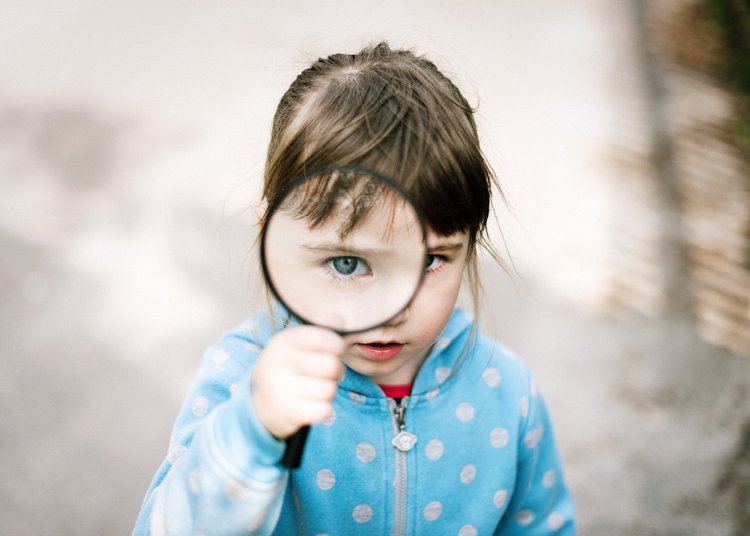

My family and I emigrated from Kenya to England, and shortly thereafter, to America during my early teens. It was strenuous getting accustomed to new countries, cultures, educational institutions, and social environments during my adolescence. I struggled at my core – it felt as if I was swimming against the currents. Being Indian, born in Kenya (a third world nation) and then moving to the starkly contrasting Western countries, was a shock to my being.
Nevertheless, I was authentic to my roots, I turned to my surrounding adult figures for help. I yearned to learn how to process the new environment, to help me find my way “home,” and to truly feel accepted. It was challenging even with their support. With adult guidance, I poured myself into education and entrepreneurship, and more specifically, into technology. I found comfort in the deterministic arena of computers and software. I felt I was serving and honoring my true self as an application creator. I also took to the Honors College at my university to help me broaden my education. I felt more cosmopolitan because of what I learned in the soft sciences at the Honors College. Both my Computer Science degree and Honors College degree helped me balance my mechanical inclination with the principles of the social sciences, respectively.
However, below the surface, I still felt that I did not belong in my new home. Something essential was missing or keeping me from being whole (as I considered myself in Kenya). I took a world religions course and became acquainted with various religions; I was fascinated at the similarities between them. My intuition willed me to search internally, I wanted to dig more deeply into religions and their oneness. This was when I had the first discovery of inward mindfulness. My heart yearned for connection with my true self, and I ended up joining - unbeknownst to me at the time - a local congregation of an international cult. I left this shortly after I realized it was not serving me purposefully.
While discovering inward mindfulness, I was not ready to give up on my worldly ambitions. After all, my family undertook many hardships migrating to America. However, I thought the path of mindfulness would inevitably lead to an outcome of becoming a monk or an ascetic; that was not my goal. Thus, I further channeled my energy into education, career and family.
After I got married, my wife and I were blessed with a precious daughter, which brought more purpose to my spiritual journey. I discovered Dr. Shefali and she rekindled my curiosity about inward mindfulness. Additionally, I learned about Sue DeCaro and her work. The methodological process of how to shift the mind’s focus inwards, intrigued me. I started to understand that the combination of Eastern and Western philosophy and ways of living, was indeed realizable, and not just a pipe dream.
I enrolled in Landmark and completed the Curriculum for Living. I learned more about myself and gained a deeper a sense of how similar people are despite their backgrounds, religions, upbringings, and socio-economic statuses. It was the mirror feeling of rejuvenation and connection I got from my learnings at the Honors College. I found Landmark’s teachings to be, for the most part, psychological with hints of spirituality.
Soon after I graduated from having completed the Curriculum for Living, I realized I was still struggling internally. My relationship with my daughter and the passing away of my father-in-law was challenging and raised my consciousness immensely. I turned back to Sue and Dr. Shefali. I was motivated more than ever to serve myself, mindfully and not pass down trauma to the next generation. I wanted to provide healing and guidance to children; Dr. Shefali and Sue DeCaro showed me how to do this. Following this chapter, I successfully completed the Conscious Parenting Method Certification Program (CPMCP).
Today, I define myself as a conscious parent, parent coach, and educator - my style is based on the wholistic integration of both Eastern and Western wisdom. I live in Florida, USA, and I am home. I support parents, individuals, and couples in enhancing their personal and professional relationships while going through inevitable life challenges. If you need help finding your way home, please reach out to me for a free consultation.
Available For: Consulting
Travels From: Homestead, Florida
Speaking Topics: Parenting
| Amar Patel | Points |
|---|---|
| Academic | 0 |
| Author | 0 |
| Influencer | 0 |
| Speaker | 0 |
| Entrepreneur | 0 |
| Total | 0 |
Points based upon Thinkers360 patent-pending algorithm.
 3 Things You Can Do to Always Attune to Your Child’s Big Emotions
3 Things You Can Do to Always Attune to Your Child’s Big Emotions
Tags: Culture, Health and Wellness, Mental Health